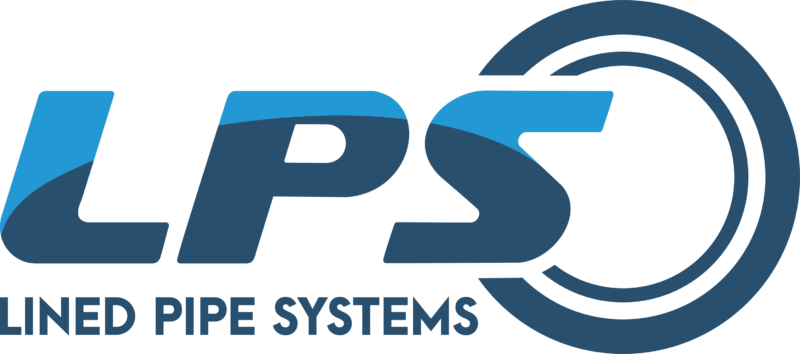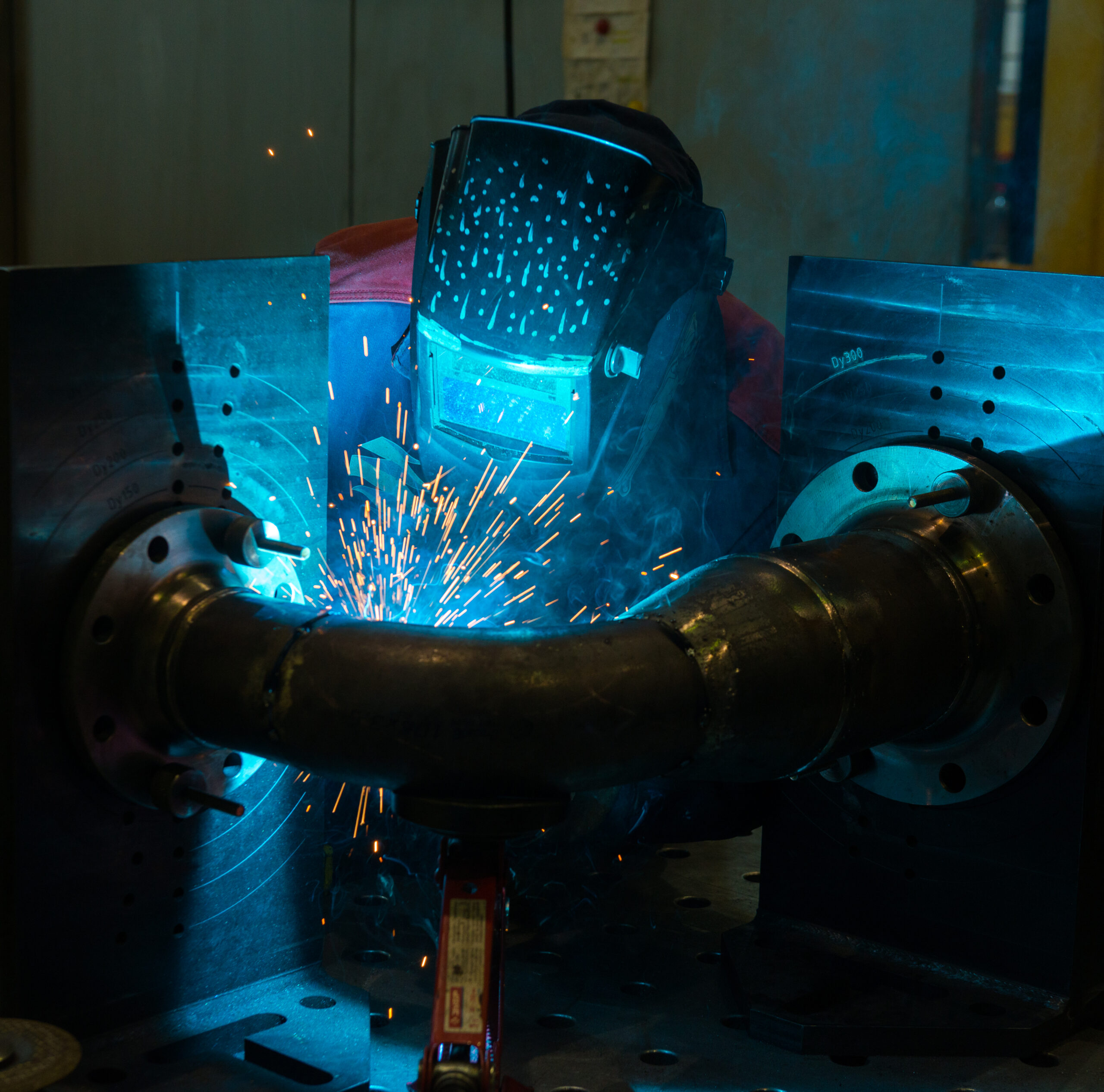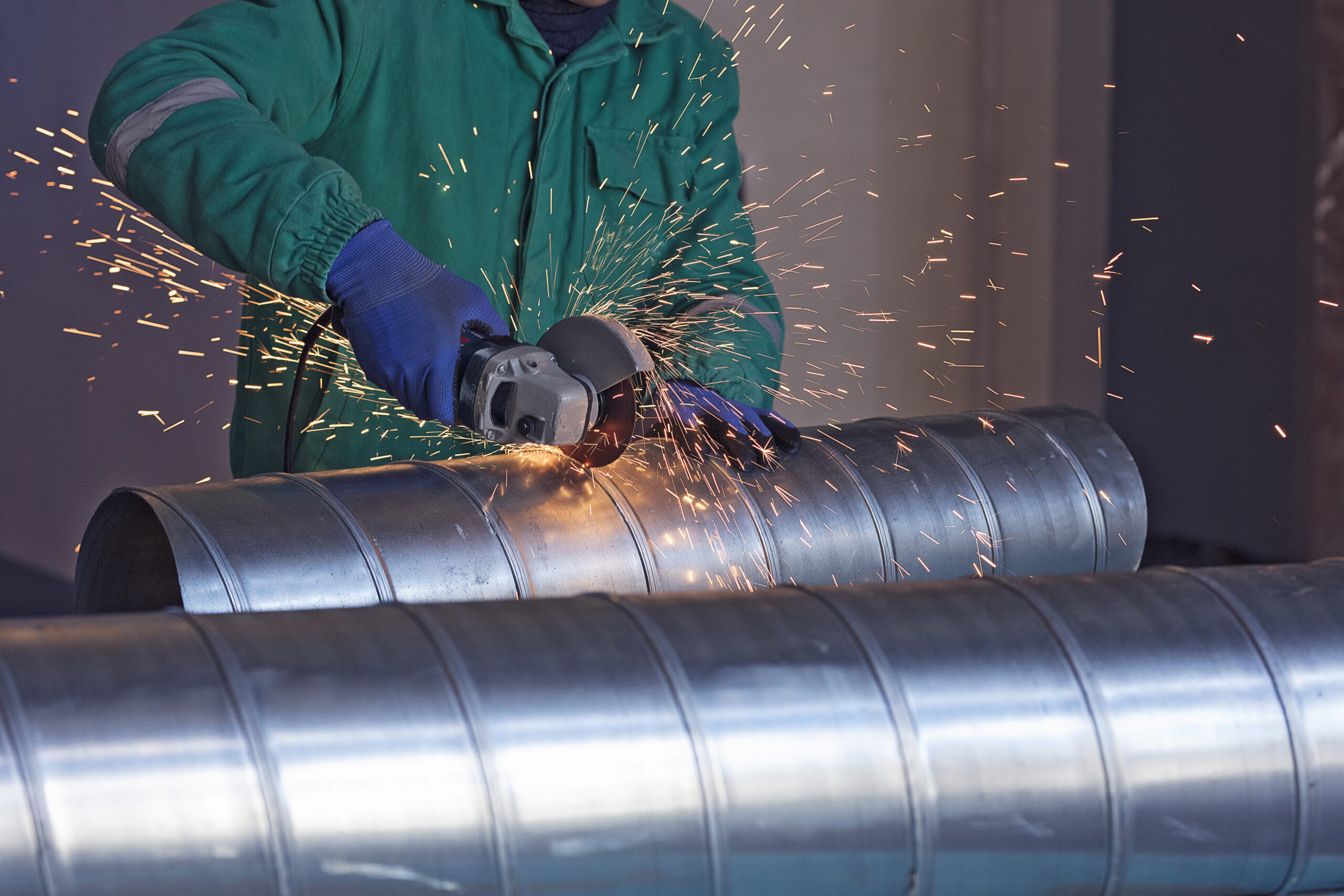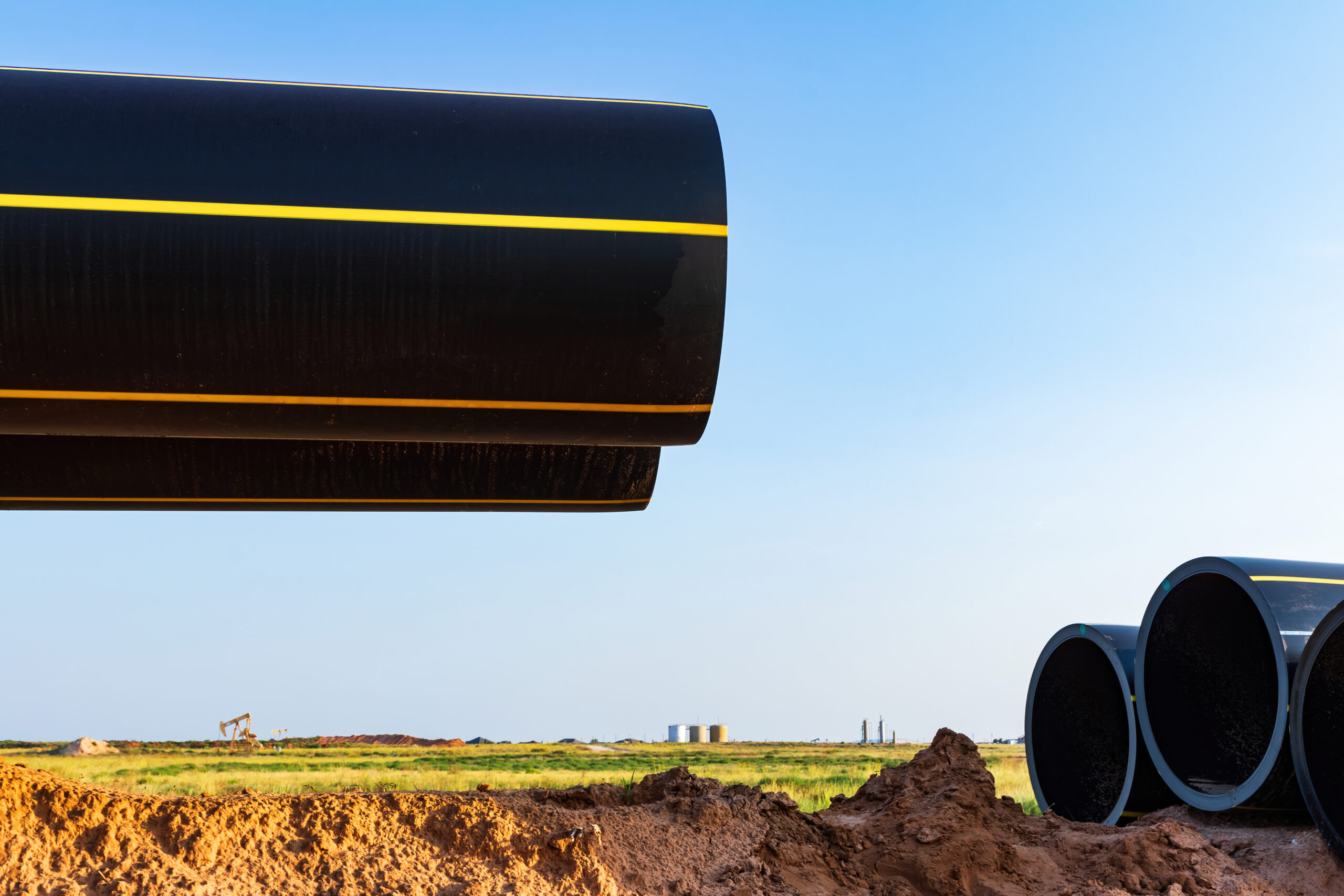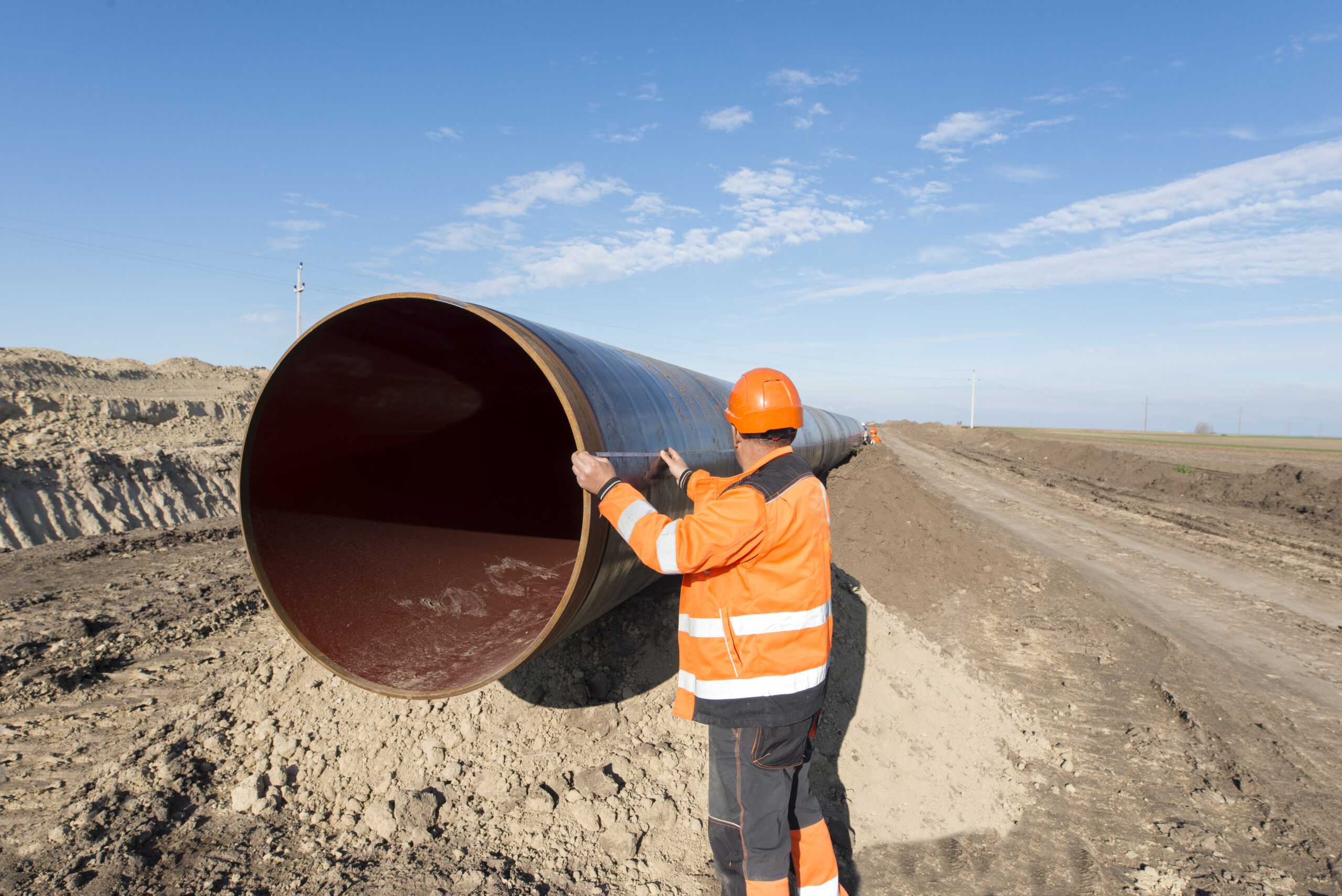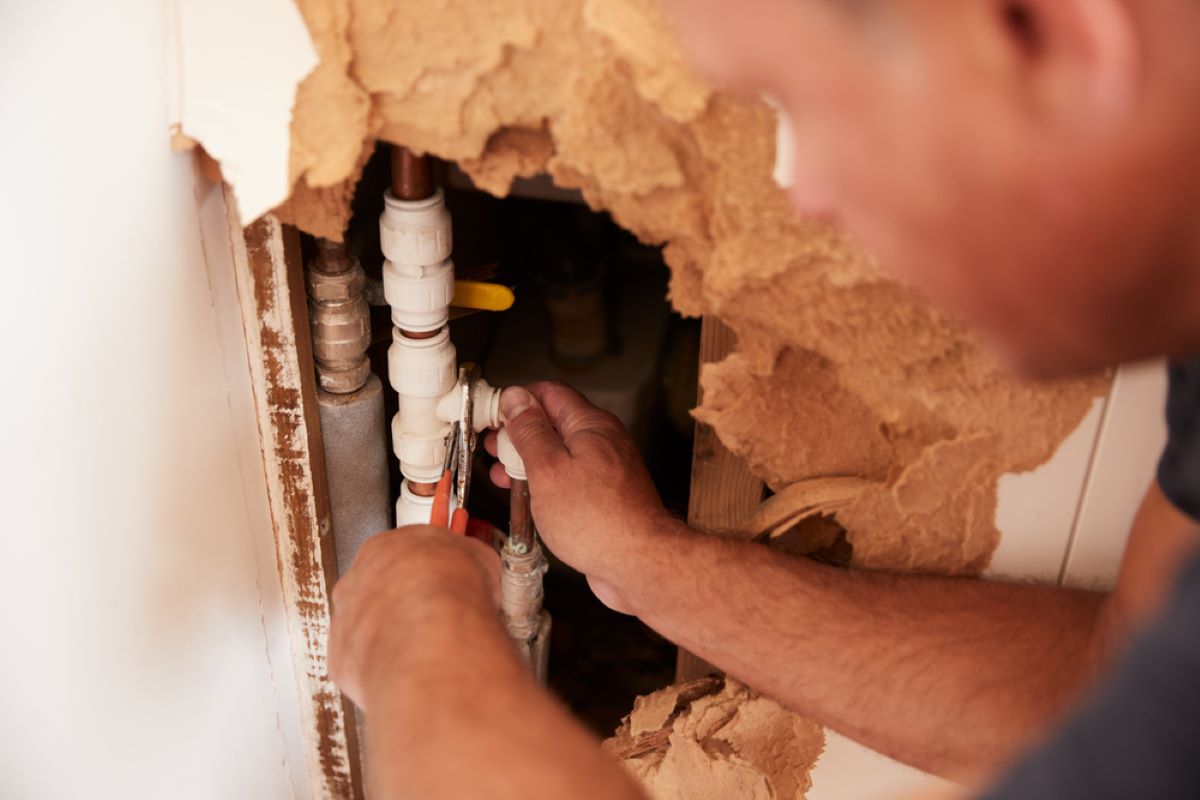Welding is a critical process in various industries, particularly in pipeline construction and maintenance. Achieving strong welding joints is essential for ensuring durability, corrosion resistance, and structural integrity. Lined Pipe Systems (LPS) specializes in innovative technologies such as FlexSleeve® for Thin Linings, CCB® Sleeve for Thin Linings, and SealSleeve™ for Rubber & PU Linings and Thermoplastic Liners, all of which play a key role in enhancing weld quality and performance.
This blog explores effective tips for creating strong welding joints, particularly when working with LPS(lined pipe systems).
Tips for Creating Strong Welding Joints
Proper Surface Preparation
A clean welding surface is crucial for achieving strong joints. Any contaminants such as dirt, oil, rust, or moisture can cause defects like porosity and weak bonding. Before welding, ensure that the metal surface is thoroughly cleaned using wire brushes, grinding, or chemical cleaners. For lined pipes, special care must be taken to avoid damaging the liner.
The presence of contaminants can lead to poor adhesion between the weld and the base material, causing premature failure in critical applications. When using SealSleeve™ for Thermoplastic Liners, extra precautions should be taken to ensure that the liner remains intact and is not compromised during surface preparation.
Selecting the Right Welding Technique
Different welding techniques provide varying levels of strength and suitability for specific applications. Gas Metal Arc Welding (GMAW), Shielded Metal Arc Welding (SMAW), and Tungsten Inert Gas (TIG) welding are among the most commonly used methods.
When working with LPS, the welding technique should be compatible with the specific liner technology in use. For example, FlexSleeve® for Thin Linings requires precise welding techniques to maintain the liner’s integrity. In some cases, Flux-Cored Arc Welding (FCAW) may be employed for its deeper penetration and better performance in challenging environments.
Controlling Heat Input
Excessive heat during welding can lead to warping, distortion, and liner damage. Controlling heat input by adjusting voltage, current, and welding speed is essential. Preheating and post-weld heat treatment (PWHT) can also help manage residual stresses and improve joint strength, especially when using CCB® Sleeve for Thin Linings. Heat control is particularly important in lined pipe welding because overheating can degrade the liner material, reducing its effectiveness in preventing corrosion and abrasion.
Choosing the Right Filler Material
Selecting a filler material that matches the base metal is key to ensuring strong welds. Mismatched filler material can lead to weak joints, cracking, or corrosion. When working with LPS, it is essential to choose a filler material compatible with the liner technology being used.
The SealSleeve™ for Thermoplastic Liners, for example, requires special consideration to maintain the integrity of the liner during the welding process. Welders should consult with material engineers to ensure that the filler metal used does not introduce unwanted mechanical stresses or chemical reactions in the welded joint.
Using Proper Welding Positions
Welding position affects the quality and strength of the joint. Flat, horizontal, vertical, and overhead welding positions each require different techniques to ensure optimal penetration and fusion. Welding in a controlled environment with proper positioning tools can significantly improve weld strength and consistency.
Pipe welding often involves difficult positions, so welders must be skilled in executing out-of-position welds to maintain uniformity and penetration throughout the joint. Additionally, mechanical fixtures and clamps should be used to hold components in place and prevent misalignment during the welding process.
Avoiding Weld Defects
Common weld defects such as porosity, cracking, and lack of fusion can weaken joints. To prevent these issues, ensure proper electrode handling, use the correct welding parameters, and conduct regular inspections.
Technologies like SealSleeve™ for Rubber & PU Linings by LPS enhance weld integrity by providing additional support against mechanical stress. Welders should follow recommended procedures for electrode storage and handling to prevent contamination and moisture absorption, which could lead to hydrogen-induced cracking or porosity.
Implementing Post-Weld Treatments
Post-weld treatments such as stress relief, passivation, and coating applications improve weld durability. Stress relief techniques like PWHT reduce residual stresses, while passivation enhances corrosion resistance.
When working with LPS, post-weld treatments must be compatible with the liner to avoid compromising its performance. Proper cooling techniques should also be used to prevent rapid contraction that could cause microcracks or distortion in the welded structure.
Regular Inspection and Quality Control
Conducting non-destructive testing (NDT) such as ultrasonic testing, radiographic testing, and visual inspections ensures weld integrity. Regular inspections help detect defects early and prevent costly repairs or failures.
LPS’s advanced liner technologies provide additional safeguards against common welding issues. By implementing stringent quality control measures, industries can ensure that their welding joints meet international safety and performance standards.
Importance of Weld Joint Design
The type of weld joint used has a significant impact on the strength and longevity of the final structure. Butt joints, lap joints, corner joints, and T-joints all have unique characteristics that affect weld penetration and stress distribution. In pipeline welding, butt joints are the most common due to their ability to create a continuous, seamless connection between two sections of pipe. Proper beveling and joint preparation ensure that the weld metal fully fuses with the base metal, preventing weak spots that could lead to failure under pressure.
Adapting to Environmental Conditions
Welding is often performed in various environmental conditions, including extreme heat, cold, humidity, and windy conditions. External factors can impact arc stability, gas shielding effectiveness, and overall weld quality. When welding lined pipes, it is important to work in controlled environments or take protective measures, such as using wind shields and preheating techniques, to ensure that weld quality is not compromised.
Utilizing Advanced Welding Equipment
Modern welding equipment offers precision control over welding parameters, improving weld consistency and reducing defects. Automated and robotic welding systems are increasingly being used in industrial applications to enhance productivity and ensure uniform weld quality.
For lined pipes, automated welding solutions can help maintain precise control over heat input, welding speed, and penetration, ensuring that the liner remains intact while achieving strong joints.
Training and Certification for Welders
Skilled welders play a crucial role in producing high-quality welds. Proper training and certification programs ensure that welders are proficient in industry best practices, safety protocols, and advanced welding techniques. Organizations should invest in continuous training to keep welders updated on the latest advancements in welding technology, including techniques for working with lined pipes and specialized materials.
Conclusion
Creating strong welding joints requires careful attention to surface preparation, technique selection, heat control, and quality assurance. Lined Pipe Systems’ innovative solutions such as FlexSleeve® for Thin Linings, CCB® Sleeve for Thin Linings, and SealSleeve™ for Rubber & PU Linings and Thermoplastic Liners enhance welding performance by improving joint strength, corrosion resistance, and mechanical durability.
By implementing best welding practices and leveraging LPS technologies, industries can achieve superior pipeline performance and longevity. Regular inspection, skilled personnel, and adherence to industry standards will ensure that welded joints meet the highest quality benchmarks, reducing the risk of failures and extending the service life of pipeline systems.
